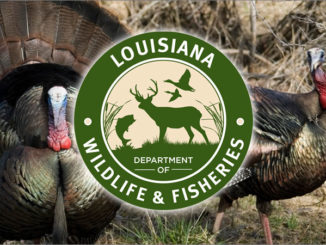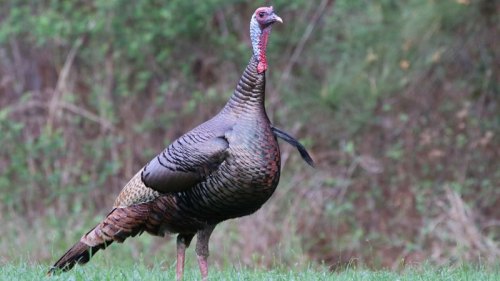
Don’t put up your trail cameras after deer season ends; they can be great tools for preseason turkey scouting.
Turkey season is just around the corner, and it’s time to scout and find out where the big gobblers are on your turf.
Any hunter worth his or her salt will know before the season opens what they’ve got and where they’re hanging out.
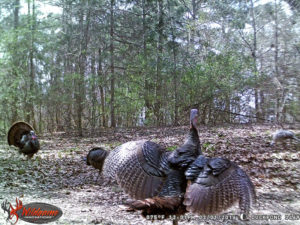
Early morning sits within hearing distance of roosting areas are traditional ways of preseason scouting that work well. A hunter hears some gobbling, makes notes and is on the way —but what about the rest of the day?
“I leave my cameras up after deer season,” said Matt Courtney, a veteran turkey hunter from Hinds County. “They are already in key locations where I hunt. I will just change out the cards, replace the batteries and let them set.”
Undisturbed birds are easier to bag than educated ones, and there’s no better way to see what’s on your hunting property, with minimal disturbance, than by utilizing trail cameras. Here are a few tips and ideas to help get started.
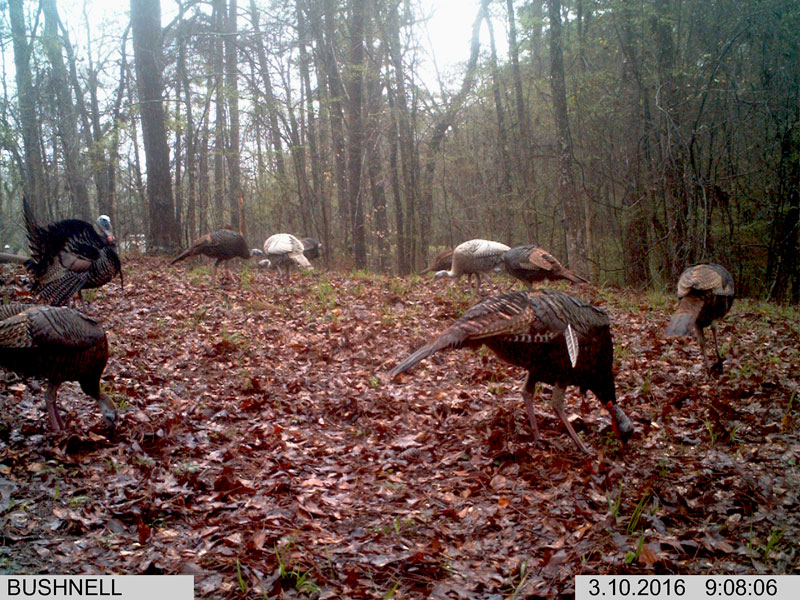
Where to place them
It’s really a no-brainer that food plots are the No. 1 location to place cameras. This time of year, gobblers will still be in small, bachelor groups and will frequent plots planted in wheat, oats, clover and deer-plot mixes. A tom may even be caught on camera displaying if the day is nice and a hen is nearby.
Logging roads or trails in the middle of your hunting area are another idea. Turkeys use trails, especially trails in open hardwoods. Long straight-of-ways are places toms love to strut. In thicker areas, turkeys will use trails, especially when it rains.
Long ridges are another excellent place to set a cam. Hens and gobblers naturally travel ridges, using them as a vantage point to look out for danger. Ridges can become strut zones for big toms; they fancy places where hens can see them display from distances.
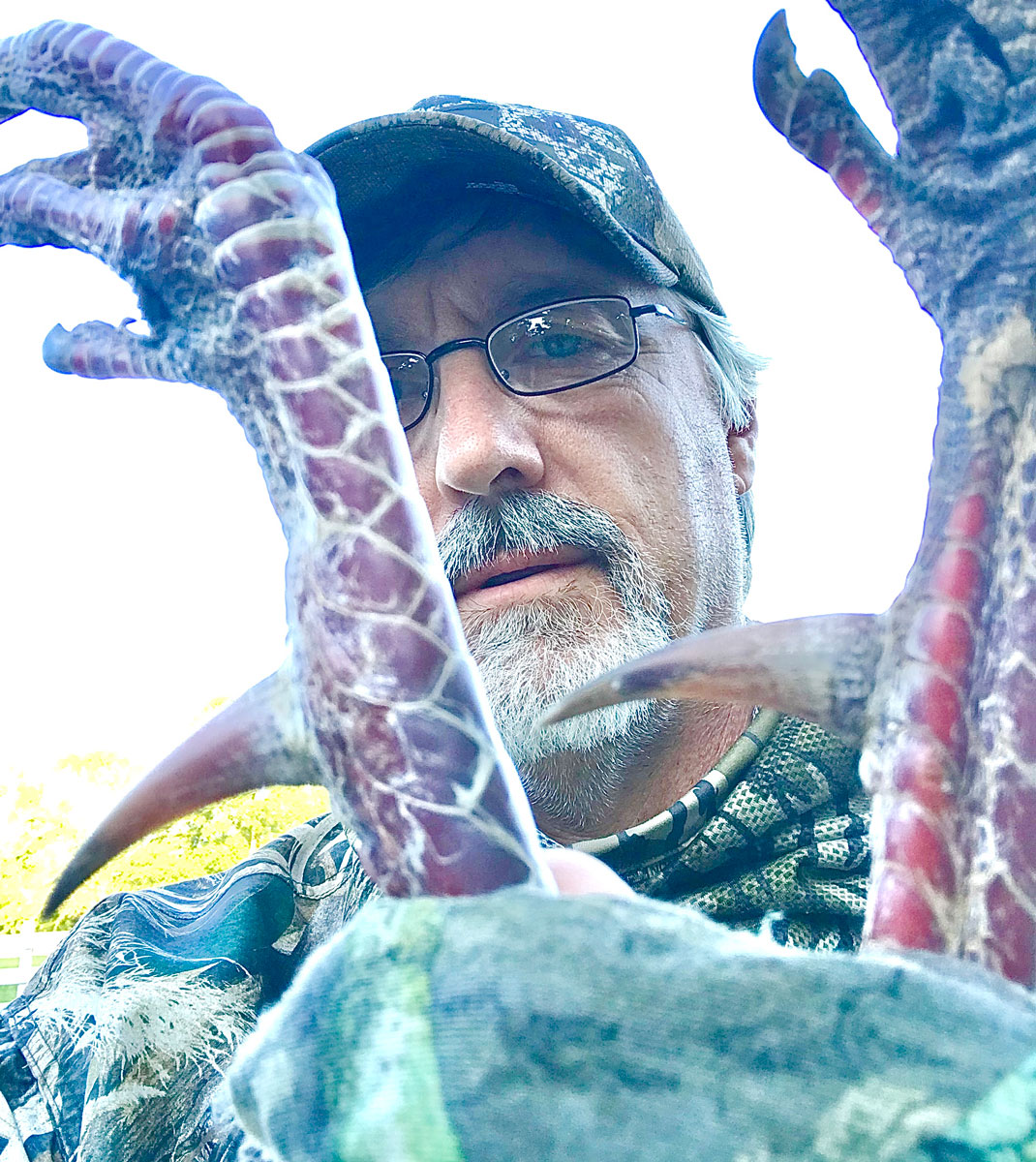
Look for areas with fresh scratching, droppings, feathers or tracks as go-to locations when setting up cameras. As the old saying goes, “Where there’s smoke, there’s fire” — if you find the sign, you will find birds.
“I set up a camera every year on a place I hunt that’s an old road with gravel and sand,” Courtney said. “The birds come to the sand; when I see several tracks, I set my camera. I’ve located a lot of gobblers over the years using this method.”
Woodlots between fields can be hangouts that bring birds into close quarters. Winding creeks and stream management zones (SMZs), pinch points, natural funnels and field edges are places for camera setups. Open, grazing pastures and fresh-plowed fields or row crops will attract turkeys. Set cameras on fence rows or timber edges overlooking fields where there’s sign present or if you have seen turkeys there before.
Set it up
Turkeys are not as wary of trail cameras as deer tend to be, so hunters don’t have to worry about hiding them or making them inconspicuous. They can be set in wide-open places with little worry of spooking any birds. Actually, the wider open, the better shots you’ll get.
The height you set your cameras will be a little different; they need to be lower than where you set them up for deer; 2 feet above the ground is perfect. Cameras need to be aimed as parallel to the ground as possible, maximizing the effectiveness of their range. If it’s in tight quarters, dropping the height to 1 foot and angling the camera slightly upwards will produce fantastic photos.
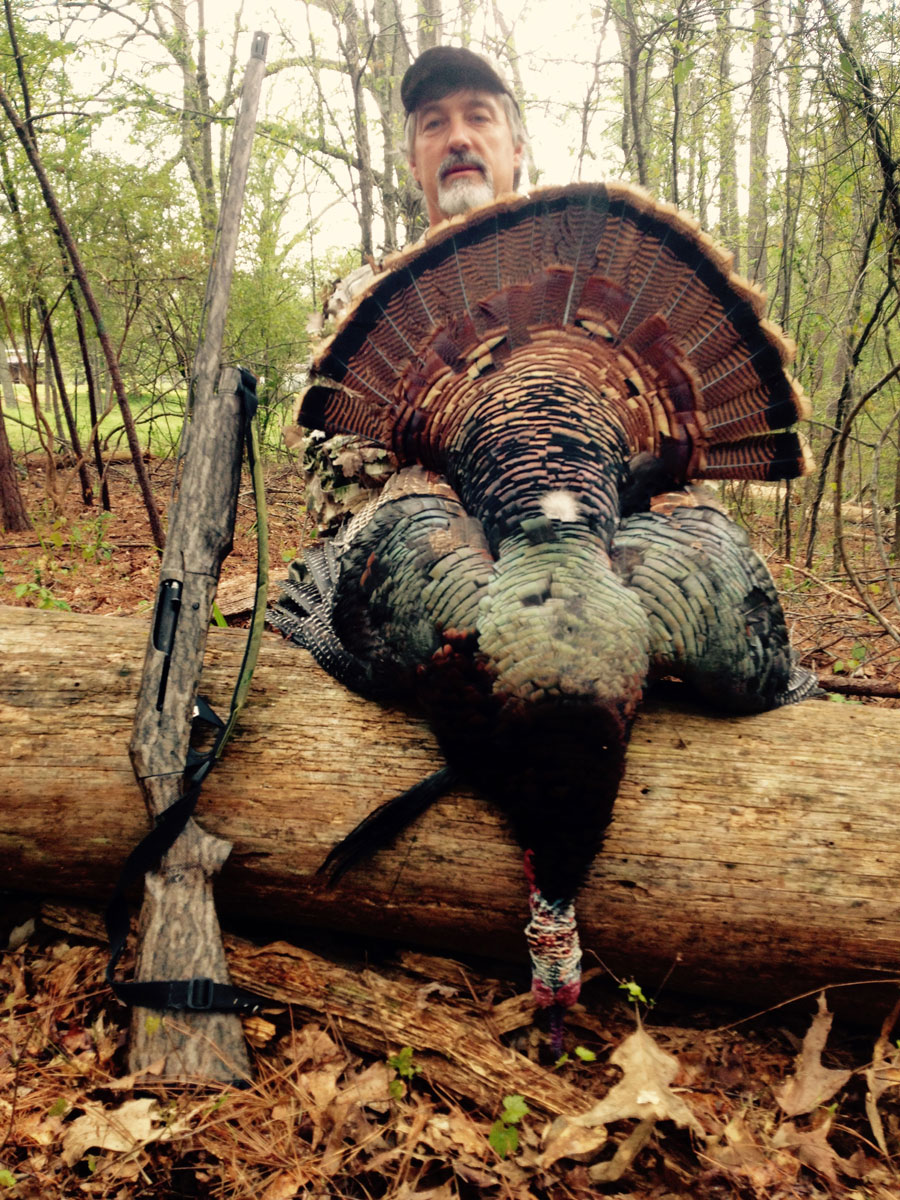
When to check
There’s really no right or wrong time to check a game camera, and every hunter has to utilize his or her spare time when doing so. Just check them when there’s no risk of alerting turkeys of your presence. The absolute best time is at dusk — right after fly-up time. Some die-hard hunters will only check them at night.
Cellular cameras, such as ones made by Moultrie, Covert or Spy Point, are even better for locating gobblers. The only time a hunter needs to visit the camera is when batteries run low.
Trail cameras are a great tool to use when scouting turkeys. If done right, it will show hunters what they’ve got without pressuring the birds.
“It keeps me from having to go out too many mornings prior to the season opening,” Courtney said. “It saves me a lot of leg work.”
Making the most of game-cams will help you stay on top of what is happening, and when, on your turkey hunting grounds. You may be surprised at what you find and it is sure to change the way you hunt.
